- No products in the cart.
Communication factor pi n / 500mg of 3 pieces
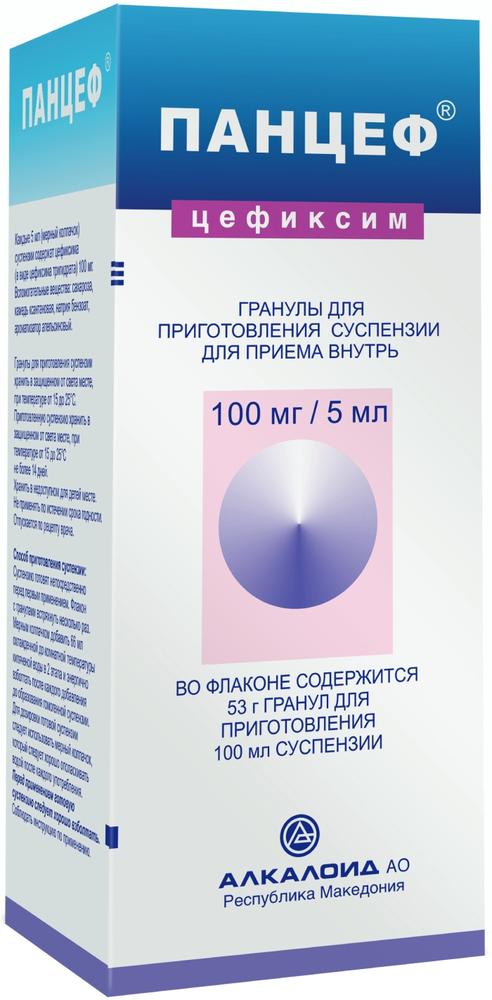
Pantsef prig.suspenzii granules for oral 53g 100mg / 5ml 100ml alkaloid
$14.93
Chloramphenicol 250mg tab 10 pc
$0.52
$6.75
Communication factor pi n / 500mg of 3 pieces
SKU: 2110017711 Categories: Antibiotics, Antibiotics, antimicrobial, antiparasitic, Medicaments Tags: azithromycin, VEROPHARM LEK
Description
Composition
Active substance:
1 tablet contains: azithromycin dihydrate equivalent to 100% to 500 mg azithromycin.
Excipients:
Calcium phosphate dihydrate 77.2 mg sodium lauryl sulfate 1.3 mg Povidone (polyvinylpyrrolidone) 39.0 mg crospovidone (Polyplasdone X E-10) 19.5 mg Magnesium stearate 13.0 mg. auxiliary substances for tablets, coated tablets, weight 660 mg: hypromellose (hydroxypropyl methylcellulose) 4.33 mg titanium dioxide 0.94 mg, povidone (polyvinylpyrrolidone) 2.6776 mg of talc 1.11 mg, polysorbate-80 (tvin- 80) 0.94 mg, dye azorubin (karmuazin) 0.0024 mg.
Description:
Coated tablets light pink color, oblong, biconvex shape. In the cross-sectional two layers are visible. The inner layer of white or almost white color.
Product form:
Tablets, coated tablets, 500 mg. 3 tablets in blisters of PVC film and aluminum foil printed patent; 3 tablets in a jar lighting glass with triangular whisk type BTS-closed lid tensioned with the sealing member. Each bank or contour cell package together with instructions for use placed in a pile of cardboard.
Contraindications
Hypersensitivity to azithromycin, erythromycin, other macrolides or ketolides, or other components of the formulation; severe liver failure (class C Child-Pugh); inherited lactose intolerance, lactase deficiency or glucose-galactose malabsorption; Children under 12 years of age with a body weight less than 45 kg; concomitant use with ergotamine and dihydroergotamine.
Precautions: myasthenia gravis; liver dysfunction and mild to moderate severity; Terminal renal failure with GFR (glomerular filtration rate) of less than 10 ml / min; patients with presence proaritmogennoe factors (especially in the elderly): with congenital or acquired lengthening the interval QT, in patients receiving antiarrhythmic drug therapy class IA (quinidine, procainamide), III (dofetilide, amiodarone and sotalol), cisapride, terfenadine, antipsychotic drugs (pimozide), antidepressants (citalopram), fluoroquinolones (moxifloxacin and levofloxacin), impaired with fluid and electrolyte balance, particularly in the case of hypokalemia or hypomagnesemia with clinically significant bradycardia iey, cardiac arrhythmia or severe heart failure; concurrent use of digoxin, warfarin, cyclosporine.
Dosage
500 mg
Indications
Infektsionnovospalitelnye diseases caused by microorganisms susceptible to azithromycin: Upper respiratory tract infection and LORorganov (pharyngitis / tonsillitis, sinusitis, otitis media);
Lower respiratory tract infections, acute bronchitis, exacerbation of chronic bronchitis, pneumonia, including caused by atypical pathogens;
skin and soft tissue infections (erysipelas, impetigo, secondarily infected dermatoses);
The initial stage of Lyme disease (borreliosis) – erythema migrans (erythema migrans);
Urinary tract infections, caused by Chlamydia trachomatis (urethritis, cervicitis).
Interaction with other drugs
Antacids do not affect the bioavailability of azithromycin, but decreased in the blood Cmax by 30%, and the drug should be taken for at least 1 hour before or 2 hours after administration of these drugs and food.
Simultaneous application for 5 days in healthy volunteers azithromycin with cetirizine (20 mg) did not result in a substantial pharmacokinetic interaction and change interval QT.
The simultaneous use of azithromycin (1200 mg / day) and didanosine (400 mg / day) in 6 HIV-infected patients revealed no changes in the pharmacokinetic parameters of didanosine compared to placebo.
The simultaneous use of macrolide antibiotics, including azithromycin with substrates of P-glycoprotein, such as digoxin, increases the concentration of P-glycoprotein in serum. Thus, while the use of azithromycin and digoxin must consider the possibility of increasing the concentration of digoxin in the serum.
The simultaneous use of azithromycin (1000 mg single dose and multiple dose of 1200 mg or 600 mg) had little effect on the pharmacokinetics, including the renal excretion of zidovudine or glyukoronidnogo metabolite. However, the use of azithromycin caused an increase in the concentration of phosphorylated AZT, clinically active metabolite in peripheral blood mononuclear cells. The clinical significance of this is unclear.
Azithromycin weakly interacts with the cytochrome P450 isozymes system. Not found that azithromycin is involved in pharmacokinetic interactions similar to erythromycin and other macrolides. Azithromycin is not an inducer and an inhibitor of cytochrome P450 isoenzymes.
Given the theoretical possibility of ergotism, the simultaneous use of azithromycin derivatives of ergot alkaloids is not recommended.
Simultaneous use of atorvastatin (10 mg daily) and azithromycin (500 mg daily) did not cause changes atorvastatin concentrations in plasma (based inhibition assay MMC-CoA reductase). However, in the post-registration period, some were reported cases of rhabdomyolysis in patients receiving both azithromycin and statins.
In pharmacokinetic studies in healthy volunteers revealed no significant effect on the concentration of carbamazepine and its active metabolite in the blood plasma of patients receiving concomitant azithromycin.
The pharmacokinetic studies influence of single dose azithromycin pharmacokinetics cimetidine revealed no changes in the pharmacokinetics of azithromycin provided use of cimetidine over 2 hours to azithromycin.
In pharmacokinetic studies of azithromycin had no effect on the anticoagulant effect of a single dose of 15 mg of warfarin in healthy volunteers received. It has been reported to potentiate the anticoagulant effect after simultaneous application of azithromycin and indirect anticoagulants (coumarin derivatives). Despite the fact that a causal link has not been established, the need for frequent monitoring of prothrombin time should be taken into account in the application of azithromycin in patients receiving oral anticoagulants of indirect action (coumarin derivatives).
In a pharmacokinetic study in healthy volunteers for 3 days ingested azithromycin (500 mg / day one), and then the cyclosporin (10 mg / kg / day once) revealed a significant increase in the maximum plasma concentration (Cmax ) and area under the curve “concentration-time» (AUC0-5) cyclosporin. Caution must be exercised while the use of these drugs. If necessary, the simultaneous use of these drugs, it is necessary to monitor the concentration of cyclosporine in the blood plasma and adjust the dose.
The simultaneous use of azithromycin (600 mg / day one) and efavirenz (400 mg / day) daily for 7 days did not cause any clinically significant pharmacokinetic interactions.
The simultaneous use of azithromycin (1200 mg single dose) did not alter the pharmacokinetics of fluconazole (800 mg dose). Total exposure and half-life of azithromycin is not changed while the application of fluconazole, however, the observed reduction in Cmax of azithromycin (18%), which had no clinical significance.
The simultaneous use of azithromycin (1200 mg single dose) caused no significant statistically significant effect on the pharmacokinetics of indinavir (800 mg 3 times a day for 5 days).
Azithromycin has no significant effect on the pharmacokinetics of methylprednisolone.
The simultaneous use of azithromycin (1200 mg) and nelfinavir (750 mg 3 times a day) causes an increase of the equilibrium concentration in the serum azithromycin. No clinically significant side effects were observed and correction dose of azithromycin when applied simultaneously with nelfinavir not required.
The simultaneous use of azithromycin and rifabutin did not affect the concentration of each of the drugs in serum. With simultaneous use of azithromycin and rifabutin sometimes observed neutropenia. Despite the fact that neutropenia associated with the use of rifabutin, a causal relationship between the use of a combination of azithromycin and rifabutin and neutropenia has not been established.
When applied in healthy volunteers received no evidence for an effect of azithromycin (500 mg / day, daily for 3 days) on the AUC and Cmax of sildenafil or its main circulating metabolite.
The pharmacokinetic studies have not shown evidence of interaction between azithromycin and terfenadine. It reported a few cases, when the possibility of such an interaction could not be excluded completely, but there was no specific evidence that such an interaction has taken place. It has been found that the simultaneous use of terfenadine and macrolides can cause arrhythmia and lengthening the interval QT.
Revealed no interaction between azithromycin and theophylline
Significant changes pharmacokinetic parameters, while the application of azithromycin with midazolam or triazolam in therapeutic doses have been identified.
The simultaneous use of trimethoprim / sulfamethoxazole with azithromycin showed no significant effect on the Cmax, the overall exposure or excretion by the kidneys trimethoprim or sulfamethoxazole. Serum concentration of azithromycin corresponded detectable in other studies.
Overdose
Symptoms: nausea, temporary hearing loss, vomiting, diarrhea
Treatment: symptomatic; gastric lavage.
pharmachologic effect
Pharmacological group:
Antibiotic-azalide.
Pharmacodynamics:
Bacteriostatic antibiotic macrolide-azalides. It has a broad spectrum of antimicrobial action. The mechanism of action of azithromycin is associated with suppression of the synthesis of microbial cell protein. Communicating with the 50S-ribosomal subunit, inhibits peptidtranslokazu step of broadcasting and inhibits protein synthesis by slowing growth and reproduction of bacteria. In high concentrations it has a bactericidal effect. It has activity against a number of Gram-positive, Gram-negative, anaerobic, intracellular and other organisms.
Azithromycin is active against aerobic gram-positive bacteria: Staphylococcus aureus (metitsillinchuvstvitelnye strains), Streptococcus pneumoniae (penitsillinchuvstvitelnye strains), Streptococcus pyogenes; aerobic gram-negative organisms: Haemophilus influenzae, Haemophilus parainfluenzae, Legionella pneumophila, Moraxella catarrhalis, Pasteurella multocida, Neisseria gonorrhoeae; anaerobic bacteria: Clostridium perfringens, Fusobacterium spp, Prevotella spp, Porphyromonas spp .;.. Other microorganisms: Chlamydia trachomatis, Chlamydia pneumoniae, Chlamydia psittaci, Mycoplasma pneumoniae, Mycoplasma hominis, Borrelia burgdorferi.
Microorganisms capable of developing resistance to azithromycin: Gram-positive aerobes – Streptococcus pneumoniae (penitsillinrezistentnye strains).
Natural resistance to microorganisms: Gram-positive aerobes – Enterococcus faecalis, Staphylococcus aureus (methicillin-resistant strains), Staphylococcus epidermidis (methicillin-resistant strains); anaerobes – Bacteroides fragilis.
There are cases of cross-resistant Streptococcus pneumoniae, Streptococcus pyogenes (beta-hemolytic group A streptococci), Enterococcus faecalis and Staphylococcus aureus, including methicillin-resistant strains to erythromycin, azithromycin, other macrolides and lincosamides.
Pharmacokinetics:
Suction
After oral azithromycin is absorbed from the gastrointestinal tract (GIT). Maximum plasma concentration (Cmax) achieved in 2-3 hours. The bioavailability is 37%.
Distribution
Protein binding is inversely proportional to the blood plasma concentration and is 12-52%. The volume of distribution (Vd) is 31.1 L / kg. Penetrates through the cell membrane (effective against infections caused by intracellular pathogens). Dispatching phagocytes, polymorphonuclear leukocytes and macrophages to the site of infection, where the presence of released bacteria. Easily penetrates the blood-tissue barriers and into the tissue. Concentration in the tissues and cells in a 10-50 times higher than in plasma, and the source of infection – by 24-34% higher than in healthy tissues.
Metabolism
The liver is demethylated, losing activity.
breeding
Slowly eliminated from the tissues and has a long half-life (T1 / 2) – 35-50 hours. Therapeutic concentrations of azithromycin remains until 5-7 days after the last dose. Azithromycin is displayed in largely unaltered, 50% – intestines, 6% – kidneys.
Pregnancy and breast-feeding
The use of azithromycin during pregnancy is permitted only if the potential benefit to the mother outweighs the potential risk to the fetus. If necessary, the use of azithromycin in the period of breast-feeding should decide the issue of termination of breastfeeding.
Conditions of supply of pharmacies
On prescription.
side effects
The frequency of side effects is classified in accordance with the recommendations of the World Health Organization: very often – at least 10%; often – at least 1% but less than 10%; infrequently – at least 0.1% but less than 1%; rarely – at least 0.01% but less than 0.1%; very rarely – less than 0.01%; unknown frequency – can not be estimated from available data.
Infectious diseases: rare – candidiasis including oral mucosa and genitals, pneumonia, pharyngitis, gastroenteritis, respiratory infections, rhinitis; unknown frequency – pseudomembranous colitis.
From the blood and lymphatic system: rarely – leukopenia, neutropenia, eosinophilia; very rarely – thrombocytopenia, hemolytic anemia.
On the part of metabolism and nutrition: rarely – anorexia.
Allergic reactions: infrequently – angioneurotic edema, hypersensitivity reactions; unknown frequency – an anaphylactic reaction
From the nervous system: often – headache; rarely – dizziness, dysgeusia, paraesthesia, somnolence, insomnia, nervousness; seldom – agitation; unknown frequency – hypoesthesia, anxiety, aggression, fainting, seizures, psychomotor hyperactivity, loss of smell, sense of smell distortion, loss of taste, myasthenia gravis, delirium, hallucinations.
On the part of the organ of vision: rarely – visual impairment
On the part of the ear and labyrinth disorders: rarely – a disorder of hearing, vertigo; unknown frequency – impaired hearing, including deafness and / or tinnitus.
Cardio-vascular system: rarely – palpitations, “tides” of blood to the face; unknown frequency – low blood pressure, increased QT interval in the electrocardiogram, arrhythmia type “pirouette”, ventricular tachycardia.
The respiratory system: rarely – shortness of breath, nasal bleeding.
Gastro-intestinal tract: often – diarrhea; often – nausea, vomiting, abdominal pain; infrequently – flatulence, dyspepsia, constipation, gastritis, dysphagia, abdominal distension, dryness of the oral mucosa, belching, ulcers of the oral mucosa, increased secretion of the salivary glands; very rarely – to change the language of color, pancreatitis
Of the liver and biliary tract: rarely – hepatitis; rarely – liver dysfunction, cholestatic jaundice; unknown frequency – hepatic failure (in rare cases, fatal mainly the presence of severe liver dysfunction); necrosis of the liver, fulminant hepatitis
Skin and subcutaneous tissue disorders: rare – skin rash, itching, hives, dermatitis, dry skin, sweating; rarely – photosensitivity reactions; unknown frequency – Stevens-Johnson syndrome, toxic epidermal necrolysis, erythema multiforme.
On the part of the musculoskeletal system: rarely – osteoarthritis, myalgia, back pain, neck pain; unknown frequency – arthralgia.
On the part of the kidney and urinary tract: rarely – dysuria, pain in the kidneys; unknown frequency – interstitial nephritis, acute renal failure.
On the part of genitals and mammary gland: Infrequent – metrorrhagia, impaired testicular function
Other: rarely – fatigue, malaise, fatigue, swelling of the face, chest pain, fever, peripheral edema.
Laboratory data: often – a reduction in the number of lymphocytes, increase in the number of eosinophils, increasing the number of basophils, monocytes, neutrophils, decreased bicarbonate concentration in the blood plasma; infrequently – increase of aspartate aminotransferase activity, alanine, increasing the concentration of bilirubin in blood plasma, increasing concentrations of urea in plasma creatinine concentration in blood plasma, the potassium content variation in the blood plasma, increased alkaline phosphatase activity in plasma, increasing chlorine content in the blood plasma , increasing the concentration of glucose in the blood, increased platelet count, increased hematocrit, increased plasma concentrations of hydrogen carbonate, the modification includes Nia sodium in the blood plasma.
special instructions
When you miss a single dose Z-Factor® product, the missed dose should be taken as soon as possible, and the next – with an interval of 24 hours. The drug Z-Factor® should take at least 1 hour before or 2 hours after ingestion of antacids. Zi-Factor® should be used with caution in patients with impaired liver function and mild to moderate severity, because of the possibility of development of fulminant hepatitis and liver failure, severe. In the presence of liver disease symptoms, such as rapidly increasing fatigue, jaundice, dark urine, bleeding tendency, hepatic encephalopathy, drug therapy should be discontinued and a study of the functional state of the liver. When renal impairment: Patients with GFR 10-80 ml / min the dose correction is not required, therapy with Z-Factor® be carried out with care under the control of renal function. As with other antibacterial drugs in the treatment of drug-Z Factor® examine patients regularly for the presence of microorganisms and refractory symptoms of superinfections, including fungal. Z-Factor® drug should not be used longer course than indicated in the instructions, as the pharmacokinetic properties of azithromycin can recommend short and simple dosing regimen. No data on the possible interaction of azithromycin derivatives ergotamine and dihydroergotamine, but due to the development of ergotism, while the use of macrolides derivatives with ergotamine and dihydroergotamine, this combination is not recommended. Chronic administration of the drug-Z-Factor® may develop pseudomembranous colitis caused by Clostridium difficile, both in the form of mild diarrhea to severe colitis. With the development of antibiotic-associated diarrhea in patients receiving drug-Z-Factor®, and 2 months after completion of therapy should be excluded clostridial pseudomembranous colitis. Contraindicated drugs which inhibit intestinal motility. When treating with macrolides, including azithromycin, there was a prolongation of cardiac repolarization and the interval QT, increase the risk of cardiac arrhythmias, including arrhythmia type “pirouette”. Caution must be exercised when using the drug Zee Factor® patients presence proaritmogennoe factors (especially in the elderly), including those with congenital or acquired elongation interval QT; in patients taking antiarrhythmic drugs class IA (quinidine, procainamide), III (dofetilide, amiodarone, sotalol), cisapride, terfenadine, antipsychotics (pimozide), antidepressants (citalopram), fluoroquinolones (moxifloxacin, levofloxacin), patients with impaired water -elektrolitnogo balance, especially in the case of hypokalemia or hypomagnesemia, clinically significant bradycardia, cardiac arrhythmia or severe heart failure. Use of the drug-Z-Factor® can trigger the development of myasthenic syndrome or aggravate myasthenia gravis.
The effect on the ability to operate vehicles, machinery
With the development of adverse effects in the nervous system and organs of vision care should be taken while performing activities that require high concentration and psychomotor speed reactions.
Storage conditions
At a temperature not exceeding 25 C. Keep out of reach of children.
Dosing and Administration
Inside, not liquid, 1 times a day for at least 1 hour before or 2 hours after meal
Adults and children over 12 years weighing more than 45 kg
In infections of the upper and lower respiratory tract, upper respiratory tract, skin and soft tissue: 1 tablet (500 mg), 1 time per day for 3 days (a course dose 1.5 g).
If acne vulgaris medium severity: 1 tablet (500 mg), 1 time per day for 3 days, followed by 1 tablet (500 mg), 1 time per week for 9 weeks (course dose 6.0 g). The first pill to be taken weekly after 7 days after the first pill daily (day 8 from the start of treatment), the next 8 weekly tabs – with an interval of 7 days
When Lyme disease (borreliosis initial stage) – erythema migrans (erythema migrans): 1 once a day for 5 days: Day 1 – 1.0 g (2 500 mg tablets), followed by 2 to 5 day – 1 tablet (500 mg) (course dose 3.0 g).
When urinary tract infections caused by Chlamydia trachomatis (urethritis, cervicitis): uncomplicated urethritis / cervicitis – 1.0 g (2 500 mg tablets) once. Children under 12 years are recommended to use the drug in the Z-Factor® dosage form powder for suspension for oral administration 200 mg / 5 ml.
If the kidney functions in patients with GFR 10-80 ml / min the dose correction is not required.
If abnormal liver function: when used in patients with impaired liver function mild or moderate dose adjustment is required.
Elderly patients: No dose adjustment is required. Since elderly patients may already have current proaritmogennoe state, caution should be exercised when using the drug Z-Factor®, due to the high risk of cardiac arrhythmias, including arrhythmia type “pirouette”.
Information
Appearance may differ from that depicted in the picture. There are contraindications. You need to read the manual or consult with a specialist
Additional information
| Weight | 0.100 kg |
|---|---|
| Manufacturer | VEROPHARM LEK |

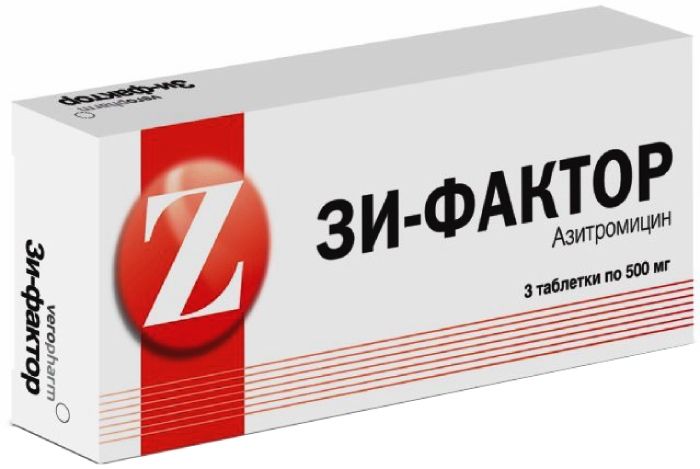
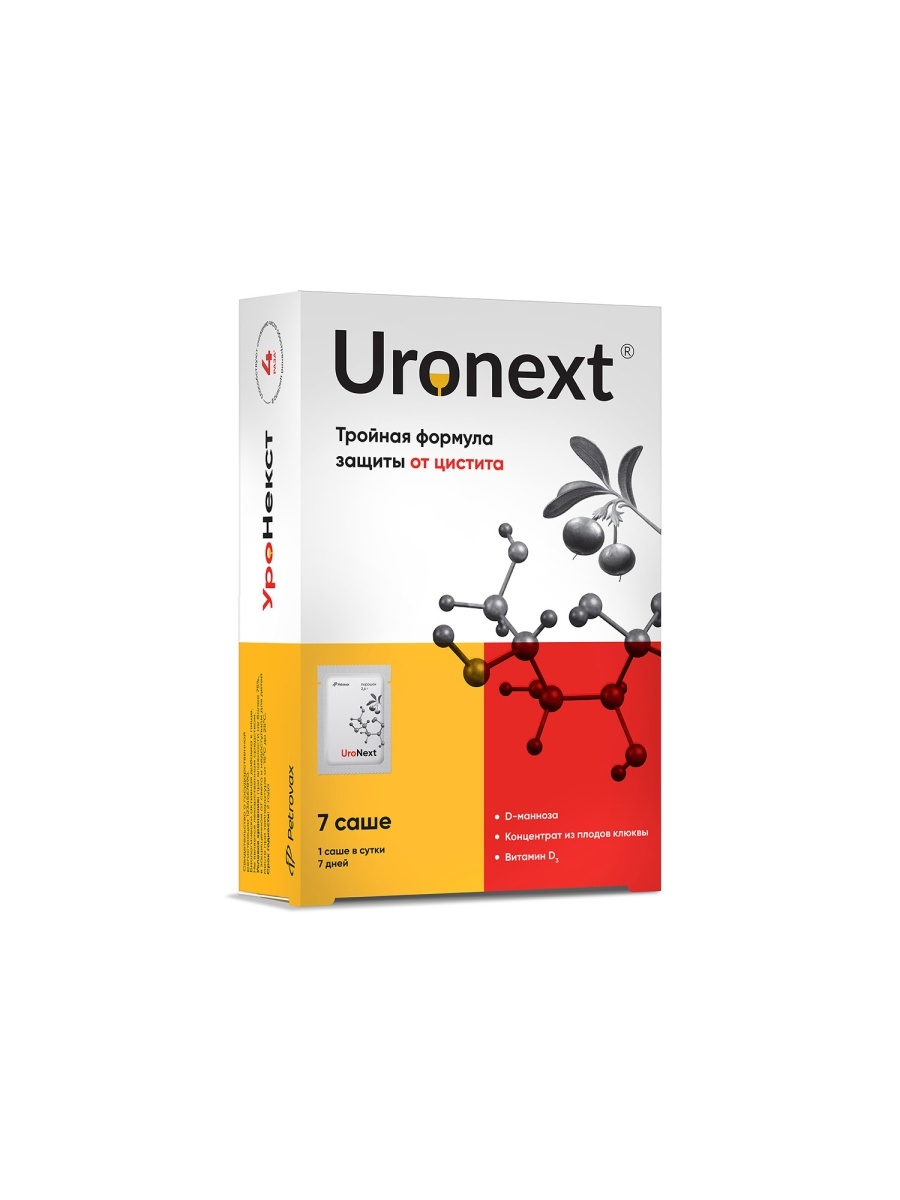

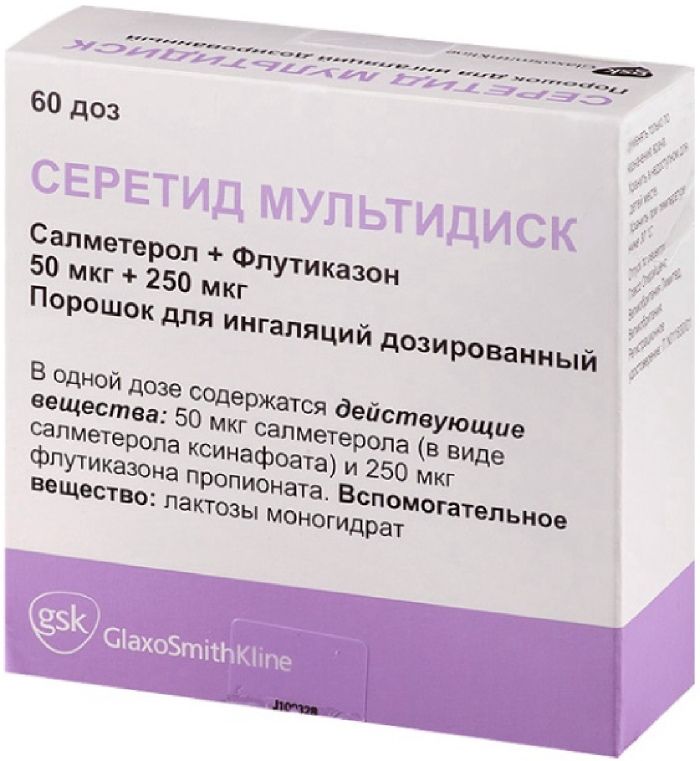
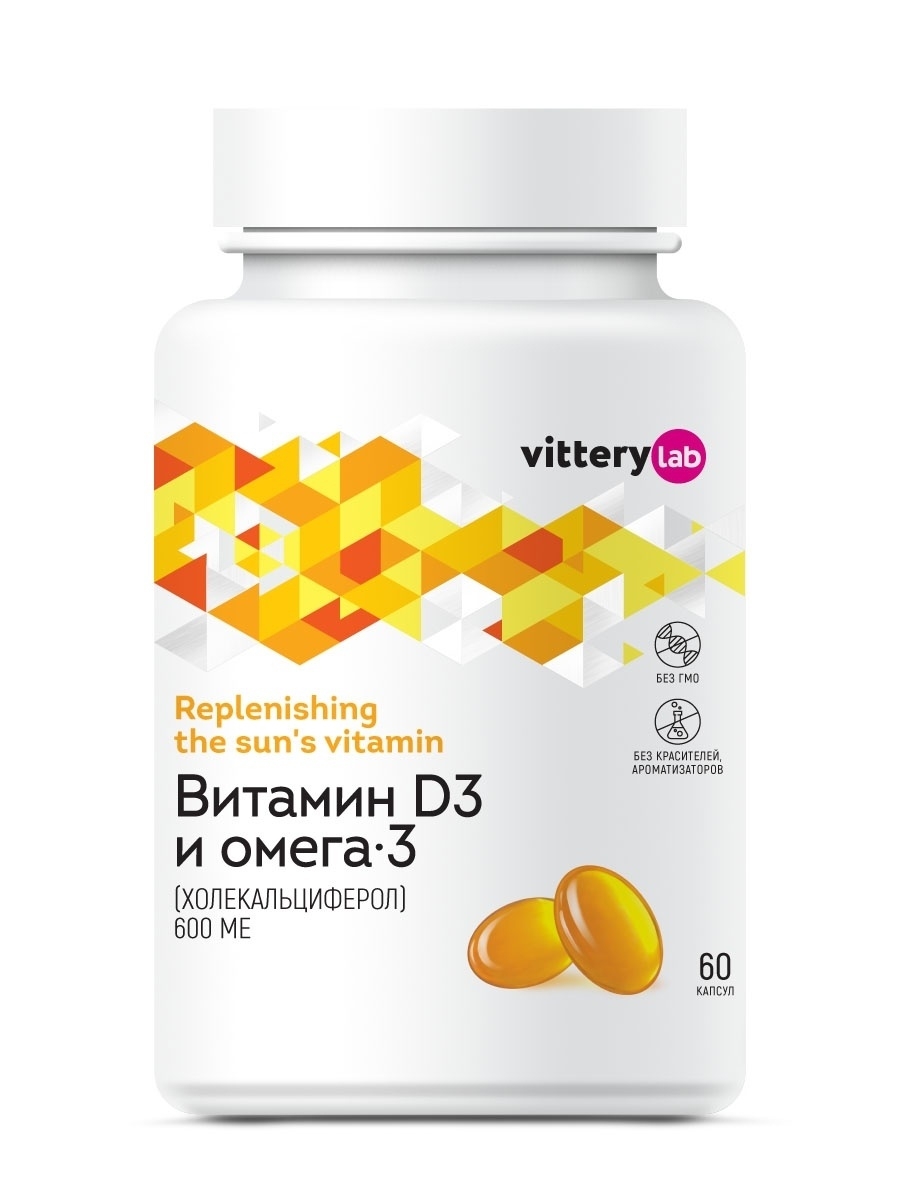
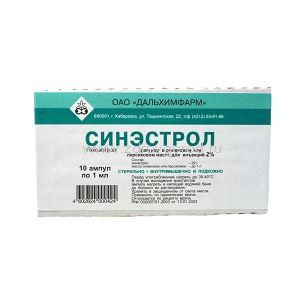
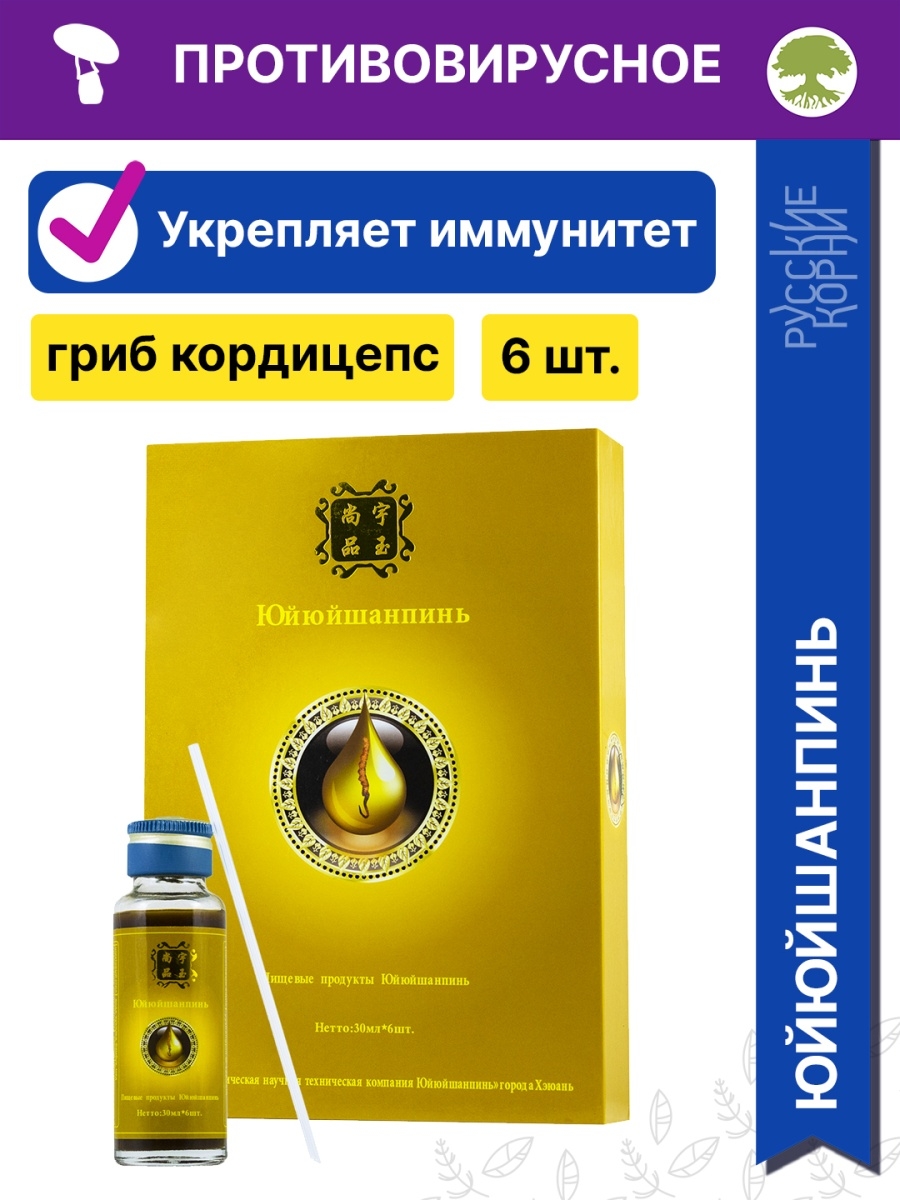




There are no reviews yet.